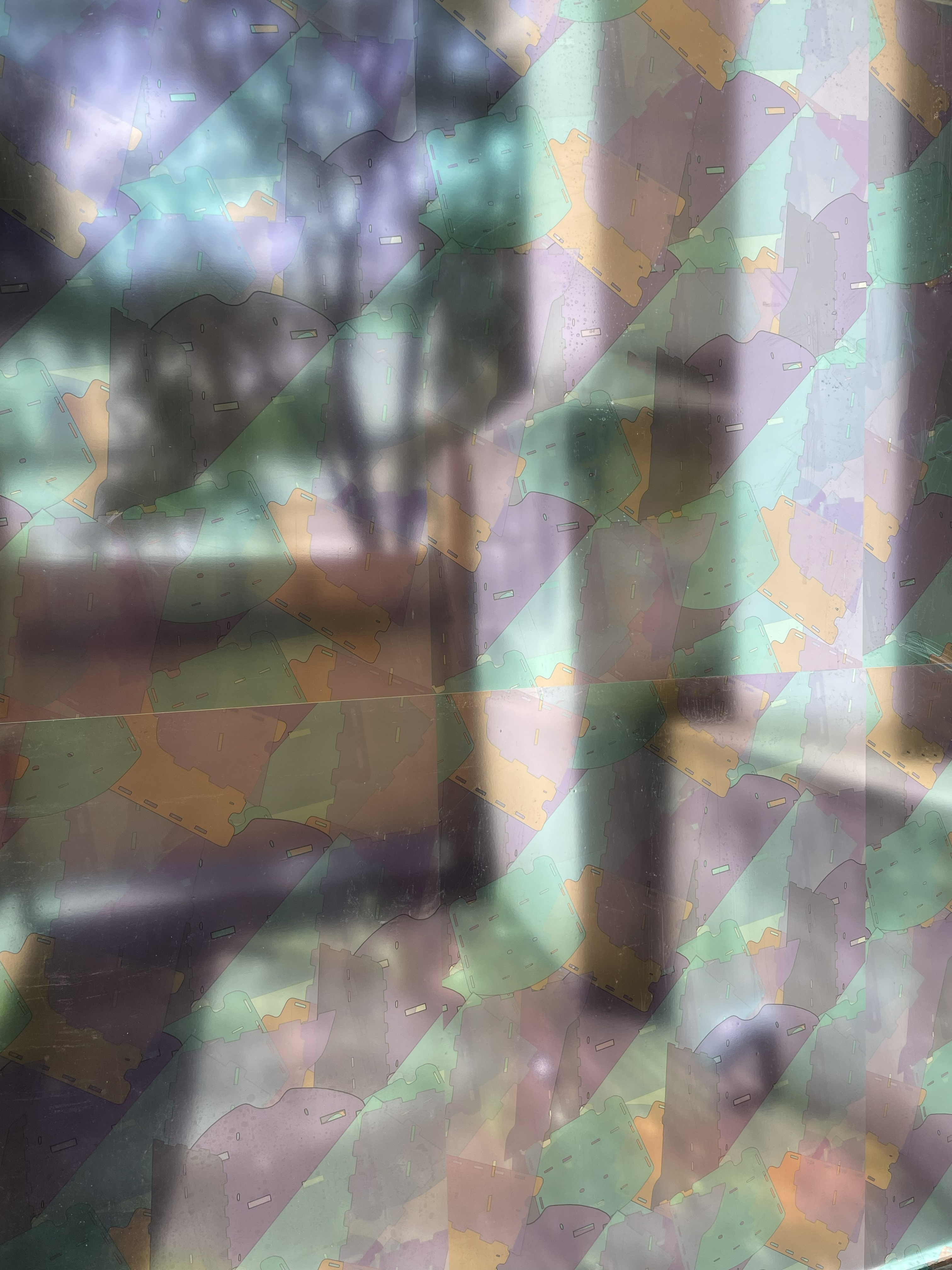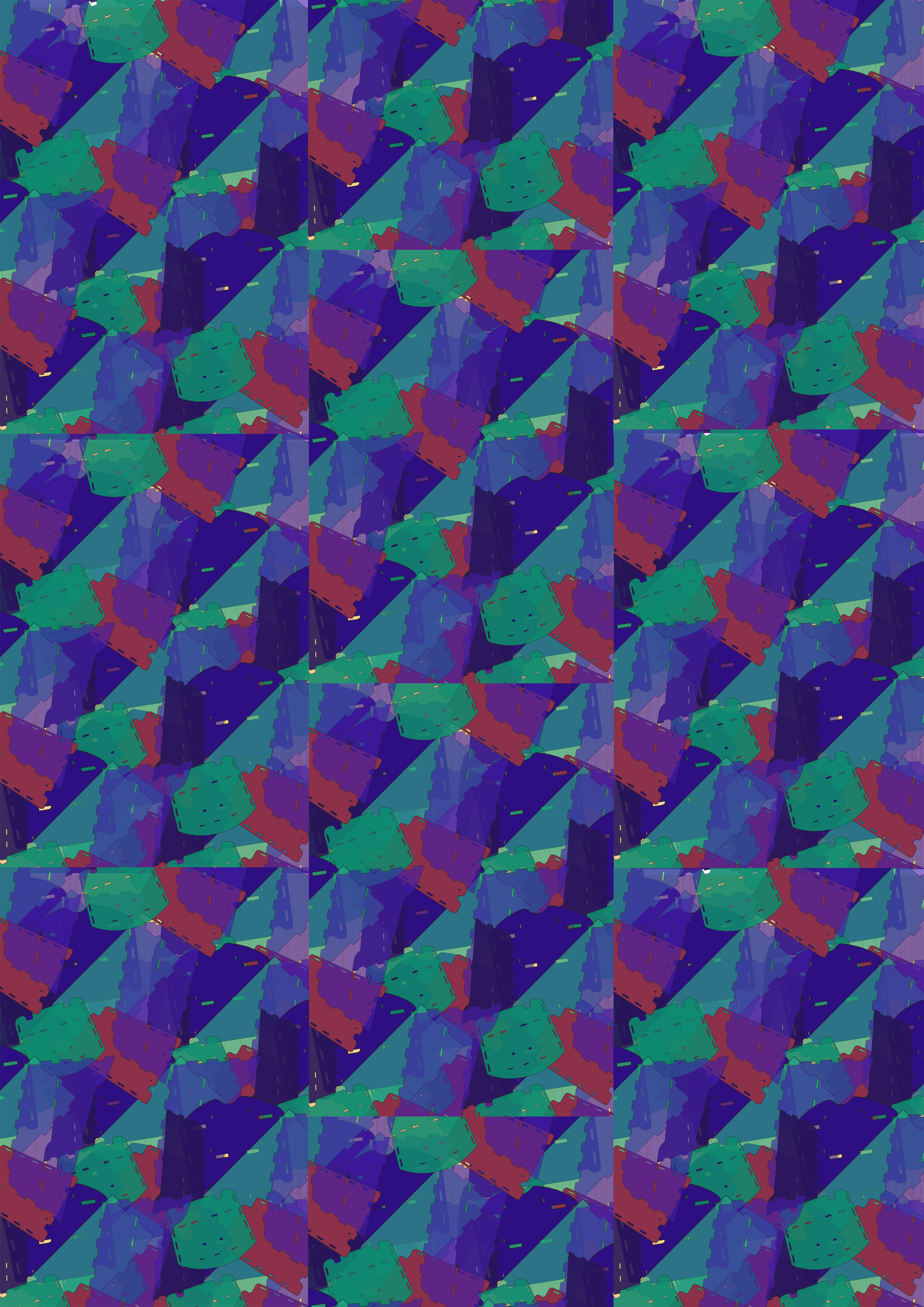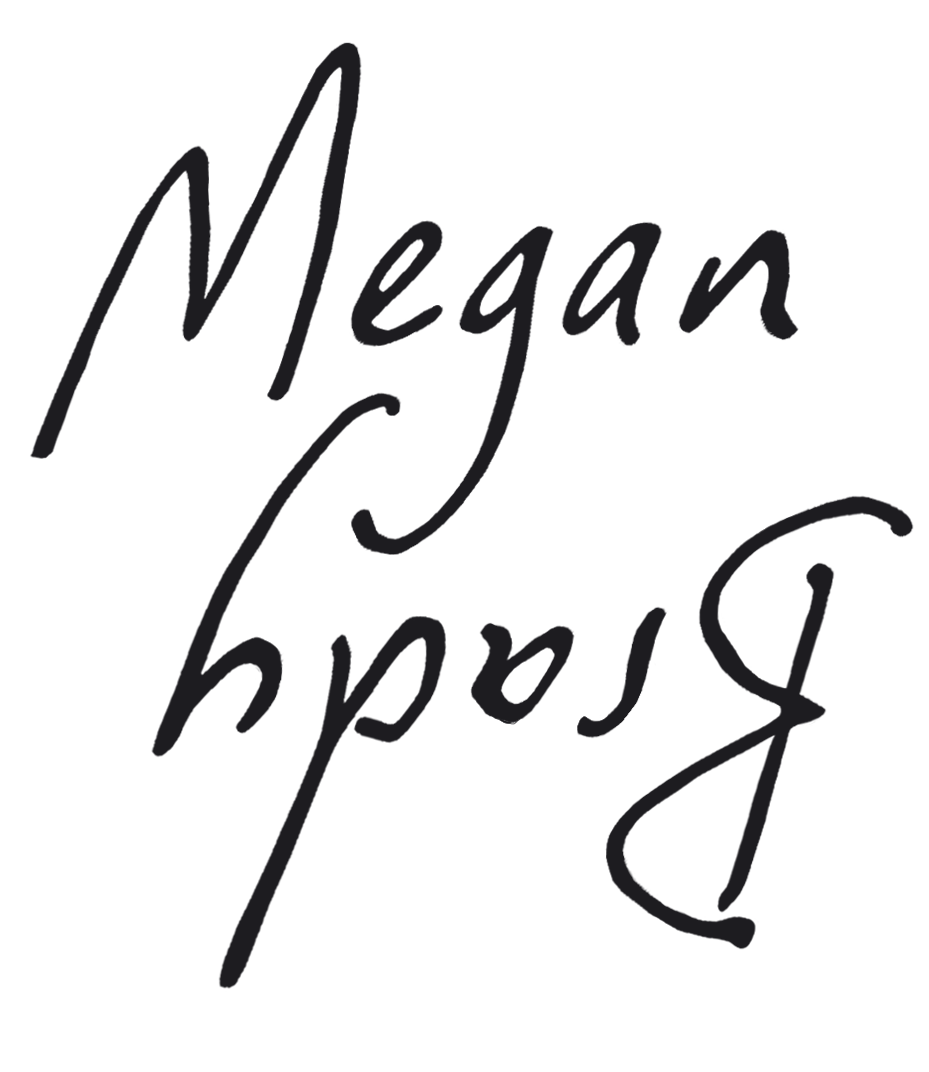Car go, car stop
2021
Facilitated by Cargo Bike Art Space
Ōtepoti, Dunedin
Aotearoa, NZ
 Car go, car stop. 2021. Vinyl on window. Detail.
Car go, car stop. 2021. Vinyl on window. Detail.Car go, car stop continues to evolve as a series of new works as thoughts. Thoughts of public transport. Thoughts of the passenger experience. Thoughts of accessibility. Thoughts of public space design. Thoughts of journey. Thoughts of movement. Thoughts of seeing.

Car go, car stop. 2021. Preparatory digital drawing.
Part one: go (thought before movement)
When thinking about the mobile, transient nature of the Cargo Bike I couldn’t help but consider it as a form of public transport. I am often the passenger of buses. For me, what comes with this passenger experience is an opportunity to observe my surroundings at a speed and viewpoint which my walking pace cannot accomodate.
There are many things I love about the bus, such as its predetermined routes, back and forth. I consider the same streets I move past at the start and end of a day. On my return trip I am rewarded with a flipped perspective of what I observed that morning. This is a bus thing that enables new perspectives from which I have no control.
I listen to the sounds of the bus - how varied each ride seems to resonate. Differing from hour to day; sometimes there is talking, sometimes there is music,
and always there is a hum.
Then there is the music which I contribute, a secret whisper between my pocket and my ears. A sonic lens which soundtracks that moment, on that bus, turning that corner, at that time. And again moments later. They are eclectic, personal sounds which encourage me to look. This is a bus thing that enables new perspectives from which I have all control.
I admire its furnishings. Public space aesthetics to cater for all. I see faces in the patterns, and applaud the success of designs that hide stains so well. I sit on and stare at the bus seat covers, contemplating their choice of colour.
I once read on a blog that “in public space design it is advisable for colour to be carefully planned relying on the most universal chromatic suggestions possible, allowing users adequate emotional comfort:
- White - communicates the concept of cleanliness and neutrality
- Yellow - encourages attention, learning
- Red - has a stimulating effect, attracts attention
- Maroon - conveys warmth and tradition
- Azure - has a relaxing effect
- Blue - instills security, reliability
- Green - encourages calm and reflection
- Orange - induces enthusiasm and cheerfulness”
What colour is ‘azure’ I think. I feel I won’t be relaxed until I find out.
Thinking about adequate comfort makes me less comfortable. I shift my weight and opt for a different position, crossing one leg over the other.
This is good for a time, until we encounter a series of corners and I loose my balance.
I consider comfortability again, then I consider accessibility. How does the bus move? How does it feel? How does it sound? How does it look? How can it be used? And by who?
I work in the disability sector and often ride buses with people whom I support. Wheelchair users and walkers. Our passenger experience is made up by a journey>destination perspective.
Different sounds are required from me on the bus in this capacity. I communicate with whoever I am supporting while on the bus, often commentating our ride. This helps to make us more comfortable within different spaces, and helps other passengers feel more comfortable to share those spaces with us too. The act of riding the bus, of participating in these environments, empowers us greatly.
The bus… a public space on wheels.
When on route, sometimes the bus pulls over on the side of the road to kill time before it is due at the next stop. When the engine is turned off, it can feel like experiencing silence for the first time. Then, the absence of the hum becomes deafening.
When on route, sometimes the bus picks up the pace because it is a fraction behind schedule - but this happens much less than the former because not that many people catch the bus.

Car go, car stop. 2021. Video stills from performance. Detail.
Part two: stop (thought after movement)
Knees are knocking into,
cracks of mottled grey.
We dodge the swarming shrubs which fall out from themselves.
The left side of the person and the bicycle remain.
Light grey/
dark grey/
light grey/
and once again on this same angle.
Puddle 1.
Dip line, dip up, swirl left, swirl right,
we follow a path formed from fallen leaves.
The top right of the bicycle and two stripes of the person remain.
Lift the chin to a quiet corner of green,
we move,
smoothly (smoothment).
Puddle 2 remains where the person and the bicycle do not.
On that zigzag path,
we could stop to return from lawn to lawn.
Reflections caught in puddle 3.
The bicycle remains, recurring. The person is no where to be seen.
Linear town,
down the bike lane feels safe like this.
Broken lines fall nicely into, then suddenly out of my passenger music.
The persons body, shoulders down remain.
Your intentions are drawn onto the green.
And through four small windows,
and through the encouragement of calm and reflection,
I see how it fits.
Moving on,
we rest our heads on islands to our left.
Finally some brick paving, followed by red socks.
The person and the bicycle must not be needed here.
︎︎︎ Back

